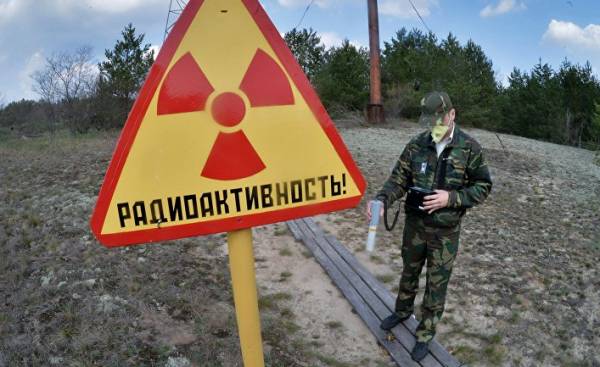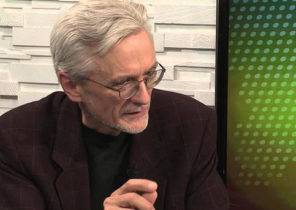
The negative impact of the Chernobyl nuclear disaster on human health and residential areas continues. Similar risks exist in Akkuyu and Sinop.
26 April 31 years ago at the Chernobyl NPP the Russian state company “Rosatom” (as in the article — approx. TRANS.) on the territory of Ukraine had a nuclear disaster, which is considered the largest nuclear accident in the world. The consequences of the accident, which occurred with the spread of the radiation cloud has endangered the health of hundreds of thousands of people continue to be felt today. Company Rosatom responsible for the accident, plans to build a nuclear power plant in Turkey, one of the countries affected by this disaster.
The curator of the Greenpeace campaign “Climate and energy” in the Mediterranean area Deniz Bayram (Bayram, Deniz) in a statement on the anniversary of the Chernobyl accident States: “the Chernobyl nuclear disaster showed that nuclear energy is an extremely destructive form of power generation that transcends national boundaries, causes of diseases from generation to generation.”
Here are just some of the still existing large-scale consequences of the Chernobyl accident referred to in the report of Greenpeace.
Even 31 years after the Chernobyl disaster in areas exposed to radiation, the mortality rate is still higher than normal and birth rates — below; the rise of cases of cancer. Among the people affected by the disaster, are also extremely common mental disorder.
— Today, more than five million people live in territories that are officially recognized as contaminated by radiation due to the Chernobyl accident.
In 2015, 50 samples of milk taken in the Rivne region, located approximately 200 km from Chernobyl, we measured the levels of cesium-137. In 46 of these samples the level of cesium-137 exceeded the maximum allowable rate for adults in all samples were above the maximum permissible limits for children.
— In Ivankov district of Ukraine in nine out of 12 of the samples collected firewood levels of strontium-90 was above the permissible norms.
— As a result of a study conducted in 2006, they estimated the level of radiation, the effects being experienced by residents of countries under the influence of the Chernobyl disaster. In this study, it is predicted that the background radiation created by the Chernobyl accident, causes the death of another 90 thousand people because of cancer, and the conclusion reached in a later study of 115 thousand deaths…
How the accident has affected Turkey?
— According to a study conducted at the medical faculty of Karadeniz technical University in Turkey (Department of internal medicine and Pediatrics), cases of leukaemia increased from 0.7% (1986) to 2% (after 1986).
— According to the Department for the fight against cancer, in 1984 the number of cancer cases in Turkey amounted to 19.2 per hundred thousand people, and in 1996 — 63,46.
— May 4, in Istanbul, in the district road Kapikule — Edirne a rate of 16 Milli-roentgen per hour, which is a thousand times more natural radiation levels in the air; it went down in history as the highest recorded radiation level in Turkey caused by the Chernobyl accident.
— Five days after the accident, it was observed that the level of radiation in the air in the city Akçakoca gradually increased. In the district of Karasu was recorded 150 micro-roentgen per hour, which is 20 times more natural radiation levels.







